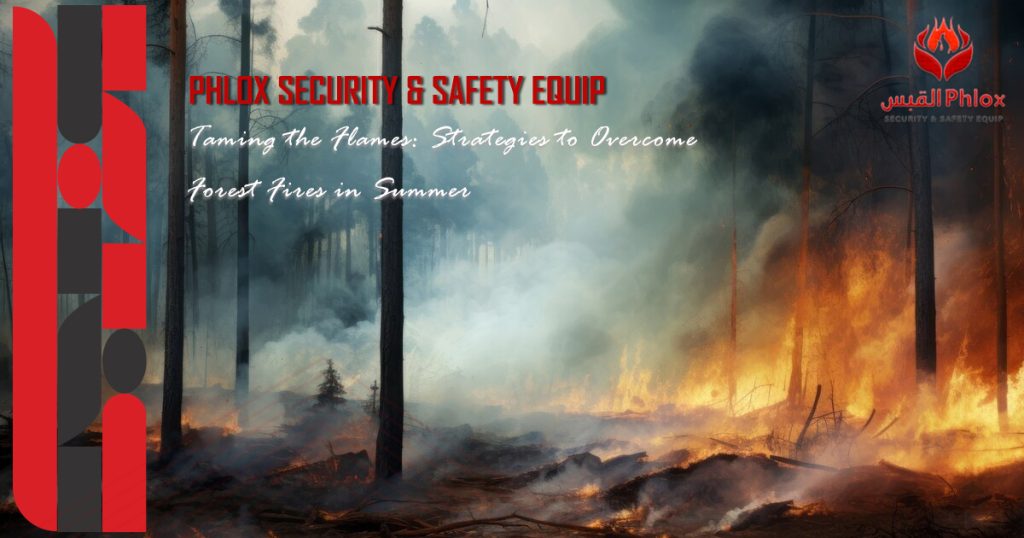
Taming the Flames: Strategies to Overcome Forest Fires in Summer
As temperatures soar and dry conditions prevail, forest fires become an increasingly pressing concern during the summer months. These destructive blazes not only endanger lives but also devastate ecosystems and communities. However, with proactive measures and strategic planning, we can mitigate their impact and work towards overcoming them. Here are some effective strategies:
Prevention through Awareness:
Educating communities about the causes of forest fires and promoting responsible behavior can significantly reduce their occurrence. Emphasizing the importance of fire safety practices such as properly extinguishing campfires, avoiding outdoor burning during dry spells, and being cautious with flammable materials can help prevent accidental ignitions.
Early Detection Systems to Overcome Forest Fires:
Implementing advanced monitoring technologies such as satellite imagery, drones, and remote sensors can enable early detection of potential fire outbreaks. Rapid detection allows for prompt response, minimizing the spread and severity of fires.
Forest Fires Avoidance with Planning and Preparedness:
Developing comprehensive fire management plans tailored to specific regions can improve readiness and coordination among firefighting agencies. This includes establishing firebreaks, conducting controlled burns to reduce fuel loads, and strategically positioning firefighting resources to swiftly respond to emergent situations.
Investment in Firefighting Resources:
Adequate funding and resources must be allocated towards equipping firefighting teams with the necessary tools and equipment. This includes specialized firefighting aircraft, such as water bombers and helicopters, as well as ensuring an ample supply of fire retardants and other firefighting materials.
Community Engagement and Collaboration:
Foster a sense of community responsibility by involving local residents, businesses, and stakeholders in fire prevention and preparedness efforts. Establishing neighborhood watch programs, conducting evacuation drills, and organizing volunteer firefighting teams can strengthen community resilience and response capabilities.
Utilizing Technology and Innovation:
Embrace technological advancements such as predictive modeling and artificial intelligence to enhance fire forecasting and decision-making processes. Additionally, research into innovative firefighting techniques, such as using drones for aerial firefighting or developing more efficient fire-retardant materials, can contribute to more effective firefighting strategies.
Addressing Climate Change: Acknowledging the role of climate change in exacerbating wildfire risks is crucial. Implementing sustainable land management practices, reducing greenhouse gas emissions, and promoting ecosystem resilience can help mitigate the long-term impacts of climate change on fire frequency and intensity.
By adopting a multifaceted approach that combines prevention, preparedness, technology, and community involvement, we can overcome the challenges posed by forest fires in summer. Through concerted efforts and collaboration, we can strive towards a future where the threat of devastating wildfires is significantly reduced, safeguarding both our natural landscapes and communities.




